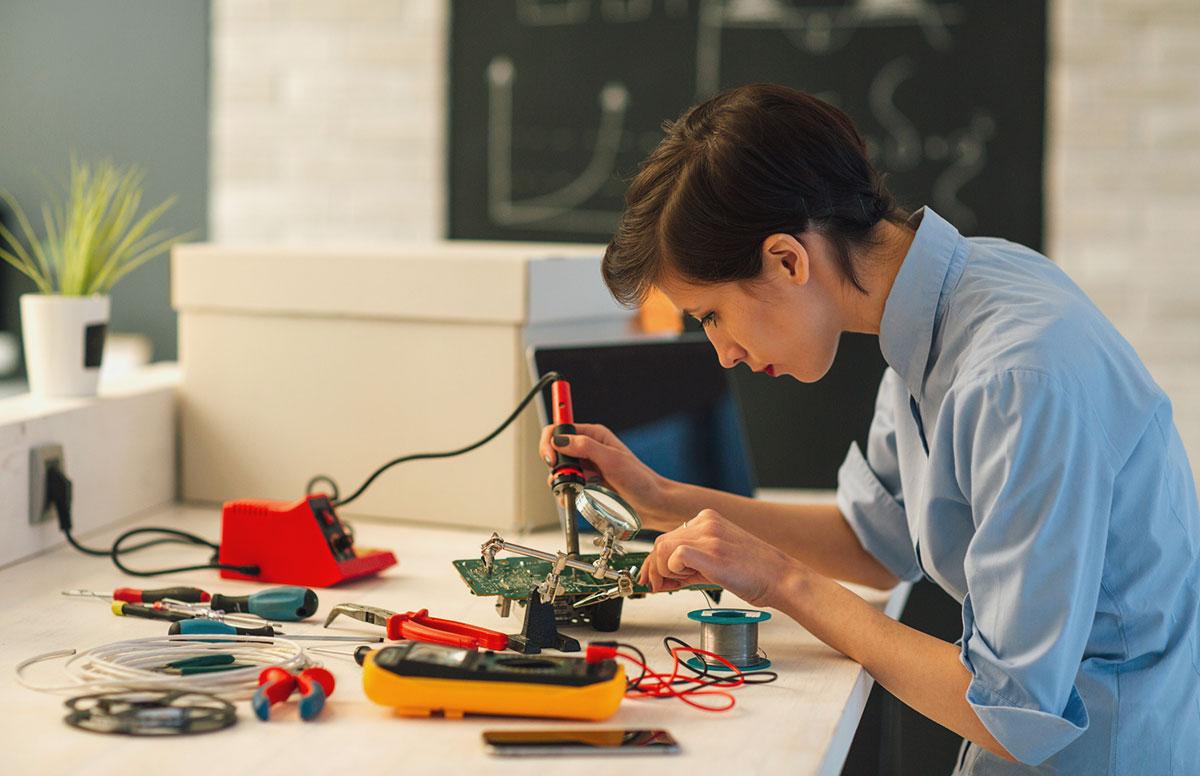Did you know that DNA’s double helix and stem cell isolation were both discovered by women? These inventors (Rosalind Franklin and Ann Tsukamoto, respectively) not only advanced scientific progress in ways unimaginable at the time, they changed life as we know it.
We’re highlighting today’s female inventors who are carrying the torch and continuing to break boundaries. Building upon our previous spotlight on entrepreneur Gwen Jimmere, below are a few women inventors changing the world and serving as role models for tomorrow’s innovators.
- Lisa Seacat DeLuca is a Distinguished Engineer for IBM Watson Internet of Things and holds more than 600 patents and patent applications on a variety of inventions, from wearable technology to mobile apps. Lisa is widely regarded as IBM’s most prolific inventor in history.
- Tricia Compas-Markman and Amy Cagle invented the DayOne Waterbag, a 10-liter personal water purification device. The creative duo founded their non-profit company, DayOne Response, to aid communities and families affected by natural disasters in need of clean water.
- Muyinatu Lediju Bell, PhD, is the Director of the Photoacoustic and Ultrasonic Systems Engineering Lab, where she develops advanced imaging technology. She holds a patent for SLSC beamforming, a novel cancer detection technology, which she invented after her mother passed away from undetected breast cancer.
Despite the leadership of these individuals, women as a whole are underrepresented among innovators. In 1995, all-male inventor teams filed an overwhelming 83 percent of patents, while all-female teams filed only two percent. Strides have been made since then, but all-male teams still file nearly three-fourths of all patents. A recent report by the Institute for Women’s Policy Research found that, at the current rate of progress, women won’t hold as many patents as men until 2092.
Internationally, women make up 29 percent of Chinese inventors and 27 percent of Korean inventors, which represent the narrowest gender gaps. American female inventors, once the global leaders, have fallen behind at 14 percent.
We can help close the gender gap, in part, by ensuring robust intellectual property rights are in place to promote innovation and make it easier for innovators to be rewarded for and collaborate on their work.
We must continue to celebrate female innovators and inspire the next generation. But even more importantly, we must guarantee future opportunities for innovative women by protecting and fostering the robust intellectual property ecosystem, that serves as the foundation of their progress.


